ISSN ONLINE(2319-8753)PRINT(2347-6710)
ISSN ONLINE(2319-8753)PRINT(2347-6710)
| Ganesh Patil, M. F. A. R. Satarkar and Gorakshanath Abande Department of Electrical Engineering, Dr. B. A. T. University, Lonere, Maharashtra, India |
| Related article at Pubmed, Scholar Google |
Visit for more related articles at International Journal of Innovative Research in Science, Engineering and Technology
The AC distribution system is adopted because of simple and easy protection scheme. In contrast, the protection of DC grid is difficult because of no current zero crossing. The main advantage of DC microgrid is reduced losses so higher efficiency than AC. Conventional protection techniques in DC microgrid completely de-energies the DC link. A new protection scheme for DC micro-grid against line to line fault is presented in this paper. The scheme isolates only faulty section from the DC grid. Healthy sections are operated without any disturbance and supply continuity is maintained in a loop type system. The current sensor placed at both ends of transmission line continuously monitors the current. Because of fault, current difference occurs in two ends of line. Controller detects this current difference and opens the power switches. To meet the requirement of fast interrupting time and high shortcircuit current withstanding capability, IGBTs used as power switches. MATLAB-Simulink results for said scheme are presented in this paper. This scheme is most suitable for distributed power generation and distribution of power in isolated areas.
Keywords |
| DC distribution, Distributed generation, DC bus micro-grid, Fault protection, Current extinction. |
INTRODUCTION |
| The ever increasing demand of power causes the imbalance between supply and demand. The gap between supply and demand is increasing. At the same time, there is large scarcity of non-renewable sources. Because of this imbalance the community in isolated areas lives without electricity. The electrified area also faces problem of power cuts. To fulfill this increasing demand, there is a need to increase the penetration of renewable energy resources like solar energy systems, wind energy conversion systems, hydro energy system and other distributed energy sources [1], [2]. In isolated areas, there is more scope for development of DC microgrid instead of AC systems where distributed generation has more advantages. |
| The microgrid is a distribution level network of generators and loads, it can exchange power with other networks [3]-[5]. Microgrid may be grid connected orstandalone so connection to central grid are reduced. The microgrid can be 1) AC bus or 2) DC bus systems [6], [7]. The DC distribution system faces problems regarding protection like interruption of dc arc, less protection equipment, standards and guidelines, location of fault [8]. Apart from this DC microgrid having less losses can deliver 1.41 times more power than AC system for same cross sectional area of conductor. In DC system skin effect is almost negligible while AC system faces problems like reactive power control, proximity effect, skin effect, and more power loss. But there is a large development in AC system protection technology. Also AC system is simple and easy to control [7], [9]. The diagram of DC bus micro-grid is shown in Fig. 1. |
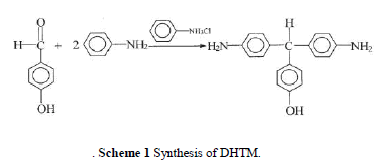 |
DC MICROGRID |
| Low voltage DC (LVDC) grid is emerging concept in distribution system. Offices with computer load or isolated power system and rural power system are well suited for LVDC [8]. When load connected to AC bus power electronics converters are required for power conversion. If load connected to DC bus is DC such as TV, computers, fluorescent lamps; DC bus requires less power conversion stages [3], [8]. Since power conversion stages are less, losses in conversion also gets reduced. |
FAULTS IN DC SYSTEM |
| DC grid may be unipolar with ground as return path or bipolar with positive and negative terminal. Fig. 2(a) and 2(b) depicts unipolar and bipolar grid respectively. |
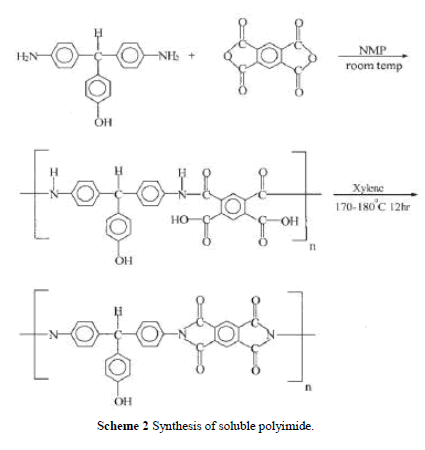 |
| A. Single line to ground fault |
| A single-line to ground fault is shown in Fig. 3. This is most common type of fault. This fault reduces the reliability and continuity of supply. When lightning strikes on transmission line one of the conductor may break either positive or negative and fall on the earth. This causes the line to ground fault. And the line is out of operation till fault is unclear. It may also occur when objects falling on line and providing ground path for current [10]. |
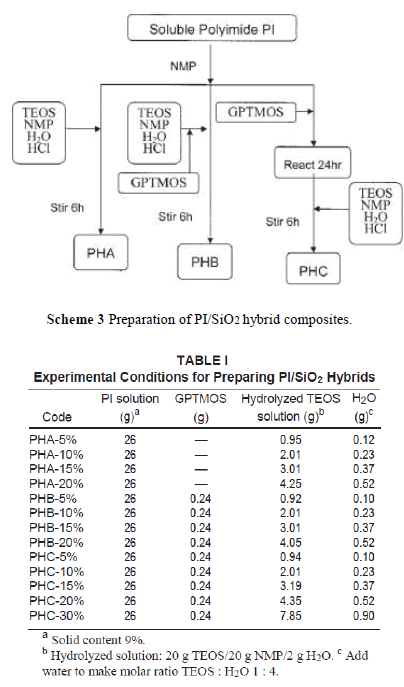 |
| B. Line to line fault |
| This is most harmful fault for the system than single line to ground fault. This fault rarely occurs in the system. In overhead transmission a double line fault occurs when objects falling across the positive and negative line and shorted them. In underground cables this fault causes because of insulation failure [10]. Line to line fault between positive and negative line is shown in Fig. 4. |
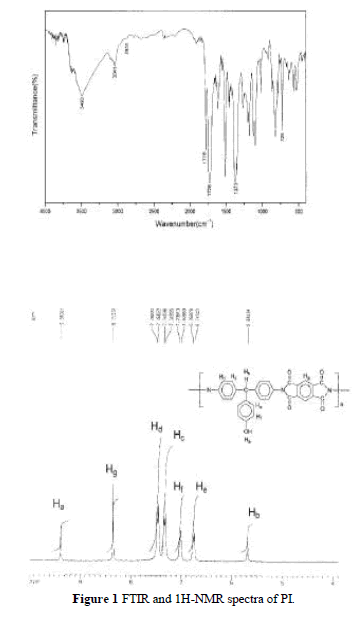 |
| C. Fault isolation schemes |
| i) Conventional fault isolation scheme |
| Protection is provided on AC side where AC and DC grid is connected. During fault, AC circuit breaker operates and completely de-energies the DC link. The part of the system which is under normal condition also goes out of operation. This causes the unnecessary outages in the healthy system. [11], [12]. |
| ii) New fault isolation scheme |
| The new protection scheme isolates only faulty section instead of isolating complete DC link. This scheme uses IGBT as circuit breaker because of fast switching operation and high current withstand capability against short circuit currents [13], [14]. This is explained in section IV. |
NEW FAULT ISOLATION SCHEME |
| The proposed protection scheme is shown in Fig. 5. This scheme isolates only the faulty section of DC microgrid. The other buses continue to provide power to load. This results in maintaining the supply continuity to the load. To achieve this, a loop type bus system is suggested. When the distribution system is not so long the loop type system has good efficiency [15]. |
| In proposed scheme current sensor continuously senses and monitors the current from the two ends of line and provides information to the controller. In normal operating condition the current at the two ends of line is nearly same. The current difference occurs when any fault occurs on the line. Under fault condition the controller operates and gives command to the IGBTs to isolate faulty section from healthy section. |
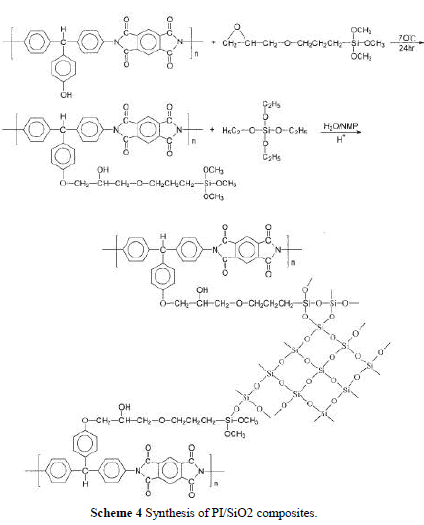 |
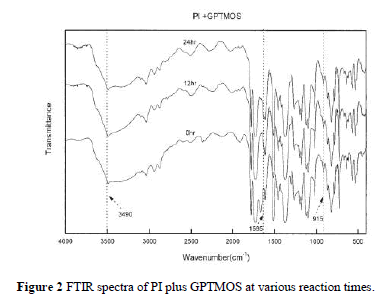 |
RESULTS |
| MATLAB-Simulink model for a bipolar DC bus with constant 240 V supply between two terminals is created. The two sources are connected to feed a common load. A line to line fault is created in the middle of the bus 1. It is assumed that the controller will operate IGBTs in 0.025 second considering controller and switching devices are fast [6]. Simulation results are shown in Fig. 7 for line to line fault. Line parameters of system are given in Table 1. |
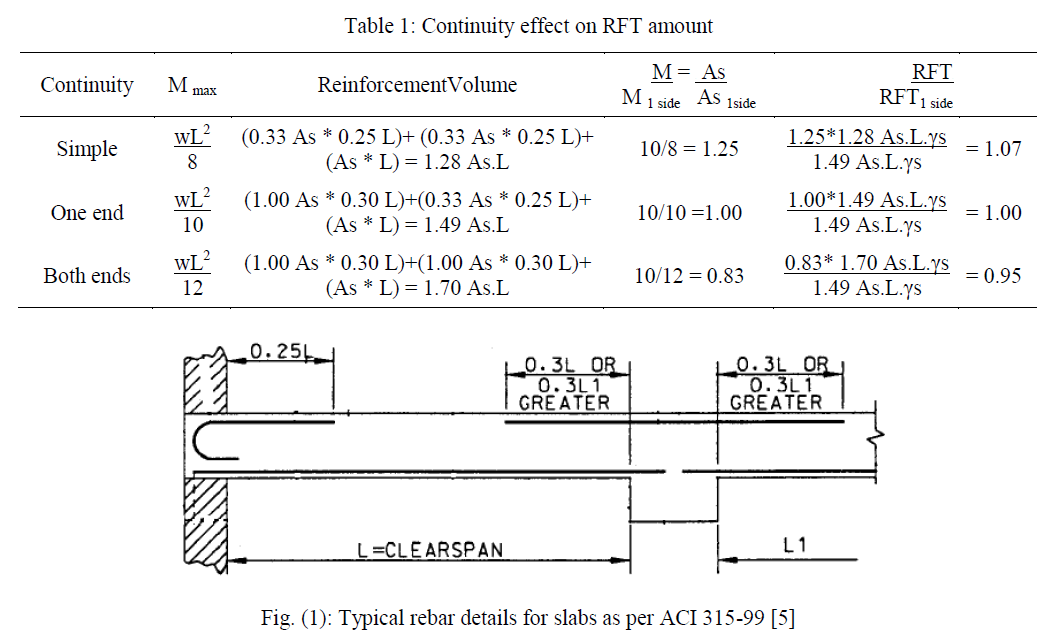 |
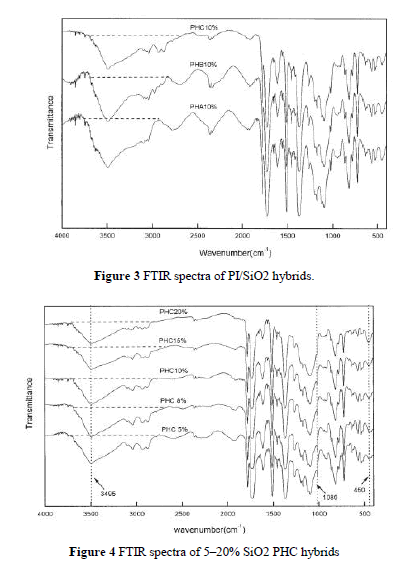 |
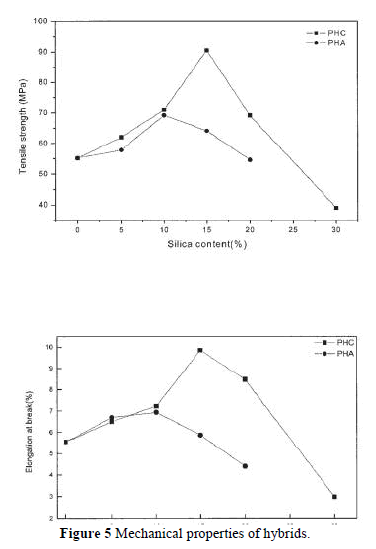 |
| Load voltage and load current with and without protection is shown in Fig. 7. Without protection load voltage drop down after fault is shown in Fig. 7(a), when the protection is used the voltage is restore quickly after the clearance of fault. From Fig. 7(b) it is seen that fault is cleared within 0.025 sec. This provides the system reliability and continuity. Changes of current in faulted bus is shown in Fig. 8. |
| As the IGBTs opened fault current freewheel and extinguished through resistors is shown in Fig. 9. |
| Fig. 10 depicts the fault bus current which is high during faulty condition and goes to zero after isolating this bus. The protection devices in other bus are not shown here. |
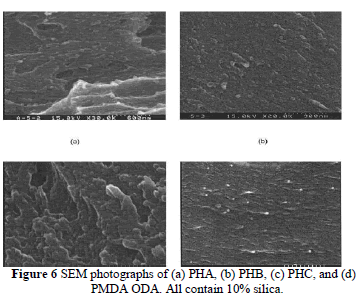 |
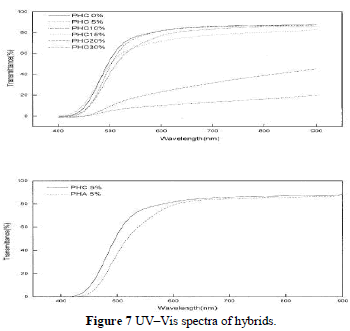 |
CONCLUSIONS |
| The proposed protection scheme for DC microgrid avoids complete shut-down of DC link and isolates only faulty section. The loop type system is presented and suggested, supply continuity is maintained through the other buses. Fault current in the faulty section is extinguished through freewheeling path provided by resistors and diodes. This provides additional protection to the convertors. This scheme is useful for the isolated area supplied through distributed generation and also, where the AC and DC grids are connected. |
References |
|